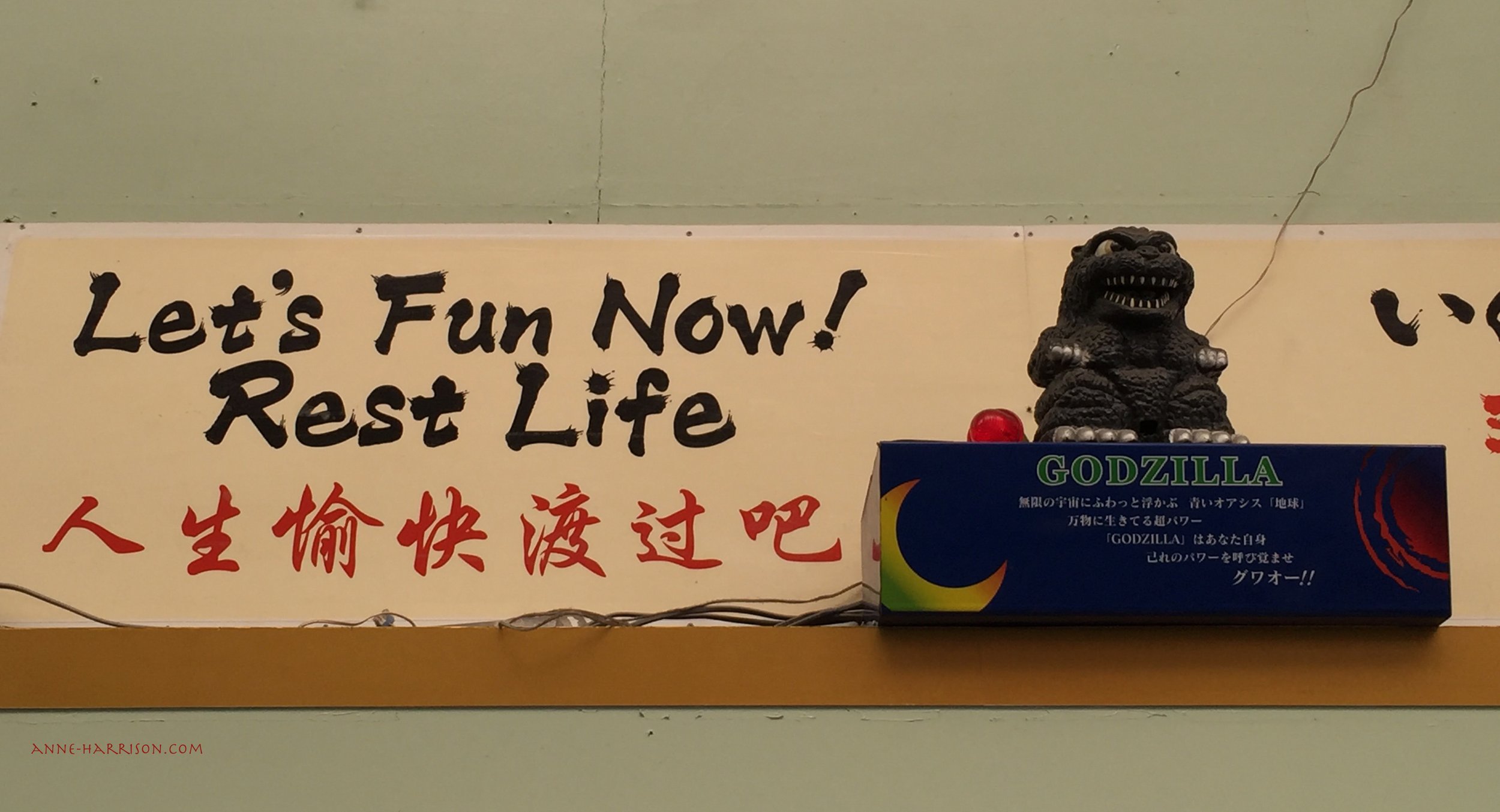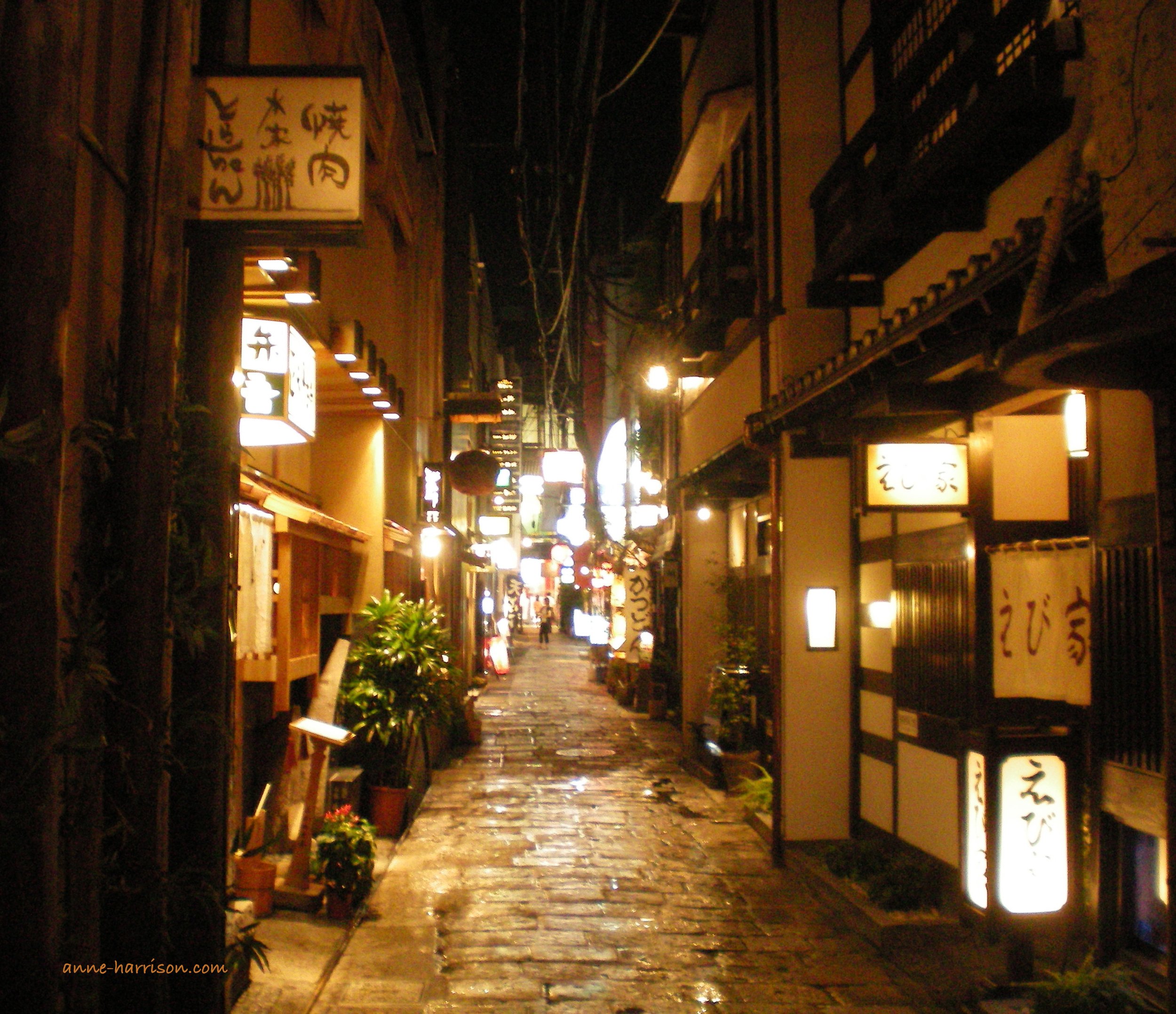In Search of a Japanese Curry
An elusive dish, hiding in plain sight
I never eat hospital food. I used to, some twenty years ago, if my break coincided with their irregular hours. The food was cheap, plentiful, and grey — including the vegetables. One evening when working in a new hospital I turned the wrong way coming out of the lifts and found myself outside the morgue. I never ate in the cafeteria again.
Luckily, every hospital nowadays has a private café, usually near the entrance and doused in sunlight. There are even express lines for those flourishing a hospital ID. The range of food extends from sandwiches and pies to offerings such as Persian rice salad or glass noodles. Last time I waited for my coffee I noticed a Japanese curry.
Until discovering the works of Haruki Murakami, I never thought of Japan as a land of curries, my knowledge instead restricted to sushi, sashimi, sake and Iron Chef. (Nor had I had associated Japan with truck stops, but in Kafka on the Shore I found both.) In Murakami the curries fed both body and soul; the curry I ordered tasted brown. So began my quest to find a true Japanese curry.
The gaudy signs of Dotombori © A. Harrison
We landed in Osaka at dusk, catching an airport train which rattled through industrial estates and residential areas, past highways and traffic jams. The windows offered fleeting glimpses of rice paddies, and, as darkness embraced our carriage, winding cobbled lanes lit with red lanterns and fairy lights.
Tired and befuddled, we survived Osaka’s maze of subways to emerge into the Dotombori area. Here, it seems, the whole of Osaka comes to eat and play after dark. Once famed for its traditional theatres, it is now filled with restaurants, neon signs and funky young things who emerge only after dark. Enormous blow-fish beckon to those brave enough to eat the notorious fugu, and an electronic crab grabs at the skyline with its moving pincers.
We turned from the brightness of the neon into side streets lined with shadows. The buildings here are traditional — often wooden — lit by only a small lantern, and marked with a subtle sign of simple calligraphy. The occasional open door offered glimpses into another world: a tiny stone garden, a private restaurant, perhaps a smoke-filled bar, where samurais must come to rest their swords after a day of battle.
Not sure I understand the sign but I love it © A. Harrison
By now very tired and hungry, we bravely entered a narrow doorway. By luck the owner spoke a little English (proudly pointing at photos of him surfing at various Australian beaches pinned up behind the till). He led us up some steep stairs to a small side room lined with tatami mats. Having left home at four that morning, eating our first naba proved a surreal experience.
As I sat on the floor and struggled to combine elegance with comfort, a waitress set a large pot of broth on the table before us. She then showed us how to cook a selection of chicken, fish balls, a myriad of fungi and some vegetables in the broth, which became thicker and richer with each addition. We finished the meal by pouring the remaining broth over a bowl of rice.
Some of the coffees on offer © A. Harrison
Every day breakfast proved a different adventure. In Koya-san, The Holy Mountain, we had a traditional meal of miso and rice, grilled fish, nori, tofu, pickled vegetables and green tea. Another time we dined at a French patisserie. In Nara we chose noodles at random from a vending machine. (The machines also had a range of canned coffee on offer, either hot or icy cold, depending whether I pressed the red or blue button.)
In one ryokan, the concierge wrote our order on a piece of paper before directing us to a café. Halfway there he caught up to us on his push bike, worried we might be lost. After handing our piece of paper to the waitress, she led us over to a vending machine. This in turn dished up a coupon, which she took to the kitchen. We had three different Japanese breakfasts, of rice or noodles, vegetables and tofu, chicken or shredded meat. Each came with a raw egg cracked on top.
Many of the restaurants we tried were tiny, able to serve only half a dozen at a time. In the village of O’Hara, set in the mountains above Kyoto, we were the only diners in a noodle shop. An elderly lady fussed over us as we made our choice from the plastic replicas displayed beside the entrance. (These godsends are in themselves works of art. In the old part of Nara are shops which specialise in making them.) A dragonfly buzzed lazily in a corner as we ate.
These displays are in themselves a work of art © A. Harrison
In a youth hostel in Kyoto we cooked our own meals. Sourcing supplies from a nearby supermarket, we were never quite sure what we were buying. An entire aisle was dedicated to rice fills, and choosing between the different bottled and packaged sauces is guesswork. (The pictures on the label prove no help.) There are also prepackaged meals, immaculately presented, plus small serves of very expensive meat, and a variety of fishes I couldn’t name.
In Tokyo we stayed in the Ota-ku area, a maze of small streets woven into a village hidden in the expanse of the metropolis. The subway stopped above ground, and we had to walk across the railway line to reach our ryokan. Just opposite the station was a Chinese restaurant, little more than a long bench by an open window, where we sat and, after placing our order, watched the chef cook in the tiny kitchen. This village boasted one French and two Chinese restaurants, three patisseries, a bottle shop, numerous corner stores for noodles and snacks, plus a hole in the wall for sushi. Vending machines stood on every corner — including one for ice cream.
Yet nowhere did we find a curry.
Not a curry, but delicious © A. Harrison
A relative new-comer to Japanese cuisine, curries (or karē) were introduced to Japan during the Meiji era (1869–1913), a period which coincided with English rule in India. Despite my spectacular lack of success, many areas of Japan boast their own specialties, such as the oyster curry of Hiroshima (kaki karē), or Okinawa’s bitter melon curry. Hokkaido even has a sika deer curry. Dorai curry is rice served with a drier, mince-meat sauce; maze curry is popular in Osaka.
Aigake is rice served with a curry sauce and hayashi — beef and onion cooked with red wine. Originally from Kitakyushu, yaki curry is curried rice, topped with a raw egg and baked in an oven. The supu curry from Hokkaido is essentially a soup, with meat or chicken, and vegetables. Hotate curry, made from scallops, comes from Aomori, and Nagano boasts an apple curry.
Not until staying in Christchurch, New Zealand, did I finally taste a Japanese curry. A food outlet in a shopping centre served sushi, lunch boxes, and a katsu curry (rice covered with a curry sauce, served with a crispy pork chop), which proved so delicious we returned the next day. A year later, in Port Macquarie, the morning markets coincided with a busking festival. As an acrobat from Cirque du Soleil performed wonders, a makeshift stall sold sushi and a hearty Japanese maysusaka beef curry. In London, near Paddington Station, I found a curry house which served rice covered in curry sauce, with pieces of panko-coated chicken on top. It proved a perfect take away dinner after a long day of sight seeing.
I still hope to return to Japan and find both a curry restaurant and a truck stop — or, better still, to eat a curry in a truck stop. I may even find a curry vending machine.
The magic of old streets at night © A. Harrison
Enjoy my writing? Please subscribe here to follow my blog. Or perhaps you’d like to buy me a coffee? (Or a pony?)
If you like my photos please click either here or on the link in my header to buy (or simply browse) my photos. Or else, please click here to buy either my poetry or novel ebooks. I even have a YouTube channel. Thank you!
Plus, this post may contain affiliate links, from which I (potentially) earn a small commission.
Some of my other blogs you might enjoy:














Images and thoughts from a visit to Hiroshima on a rainy day